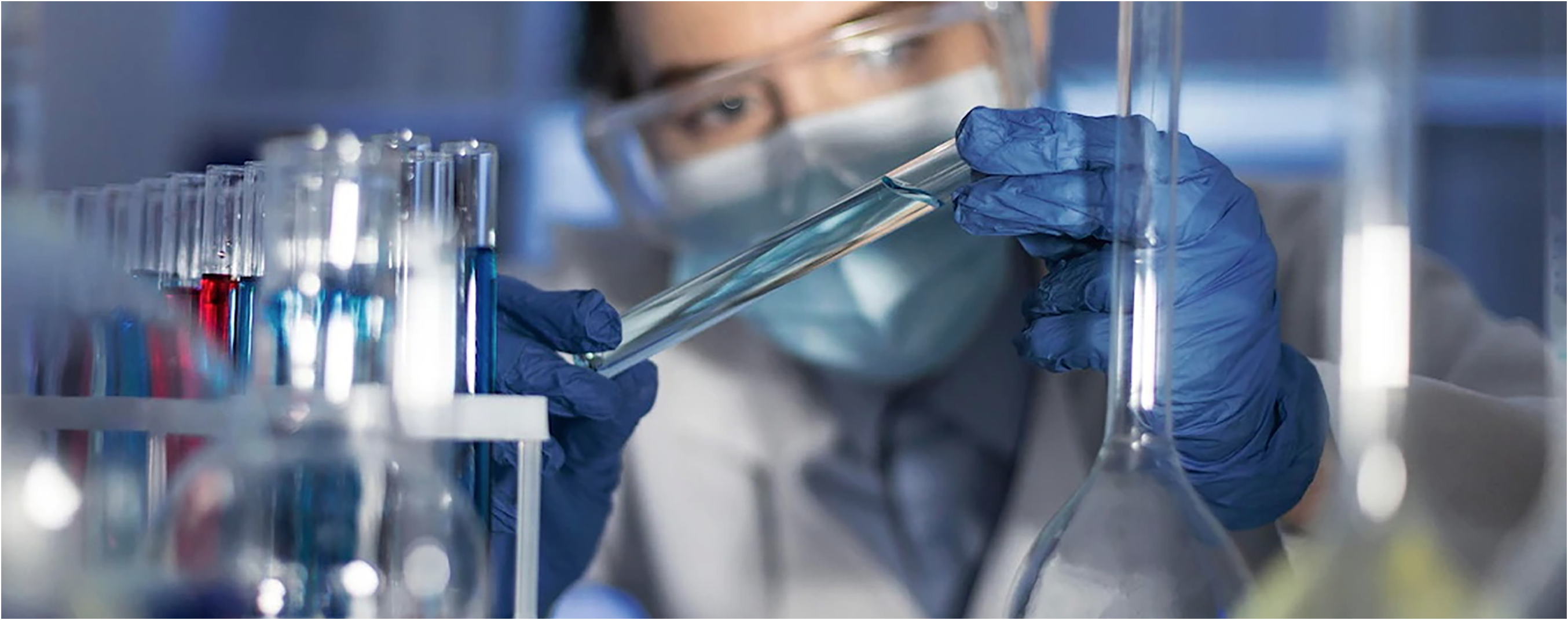We prioritize the needs of our customers. With a deep understanding of the industry and flexible service models, we have gradually accumulated a good reputation in the local technology service field. Whether it is the technical support needs of startups or the digital upgrade demands of mature enterprises, we can respond quickly, provide targeted services, and grow together with customers on the road of technology.
-
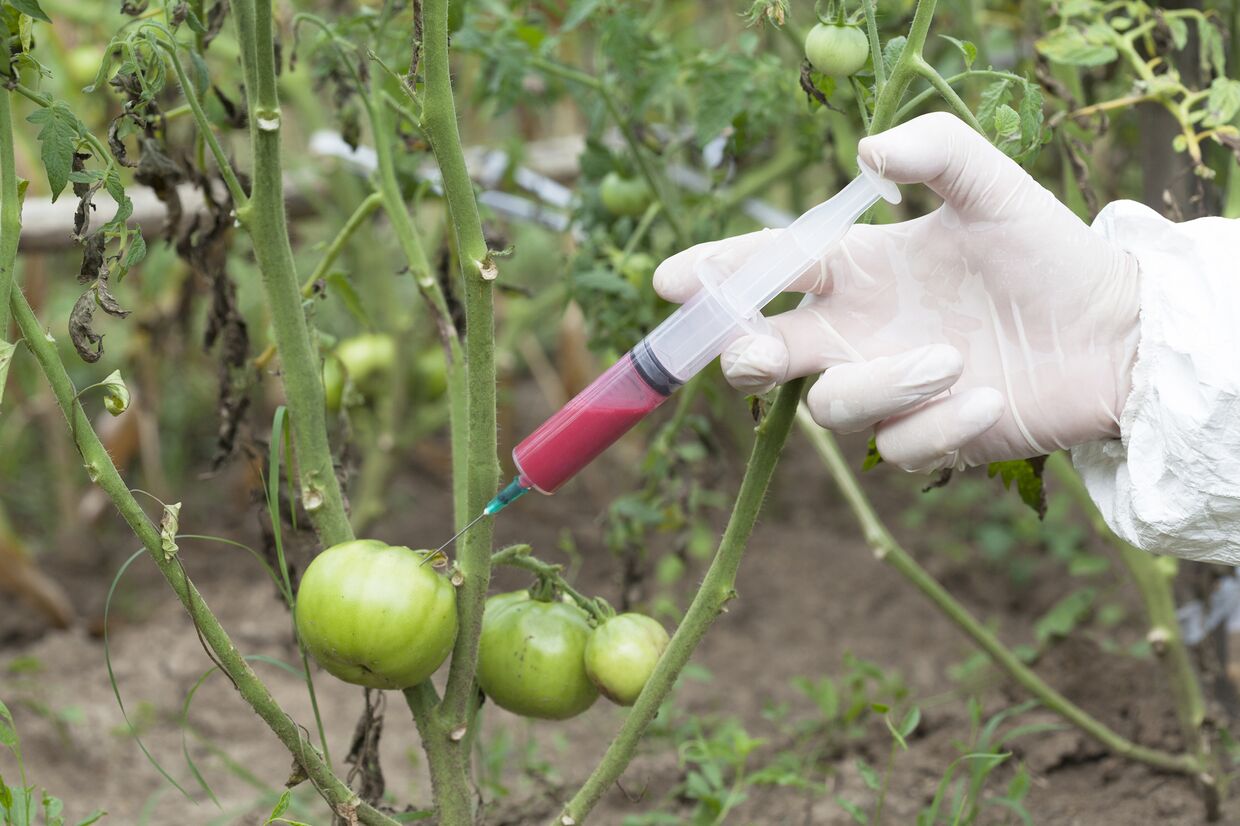 Ethephon In Plant Growth Regulation
Ethephon In Plant Growth RegulationEthephon In Plant Growth Regulation
Ethephon is a widely used plant growth regulator that releases ethylene gas upon decomposition, influencing various physiological processes in plants. It is commonly applied to accelerate fruit ripening in crops such as tomatoes, bananas, and pineapples, ensuring uniform maturation and facilitating timely harvest. Additionally, ethephon promotes leaf and fruit abscission in fruit trees like apples and cherries, which aids in mechanical harvesting and orchard management. Beyond fruit crops, it is used to control plant height and prevent excessive vegetative growth, improving resistance to lodging. In cotton cultivation, ethephon enhances fiber maturity and quality by promoting leaf drop. Its versatility also extends to stimulating flowering and seed germination in certain plants. Proper dosage and timing are essential to maximize benefits while minimizing potential phytotoxic effects. Overall, ethephon serves as an essential tool in modern agriculture for optimizing plant development and crop production.
-
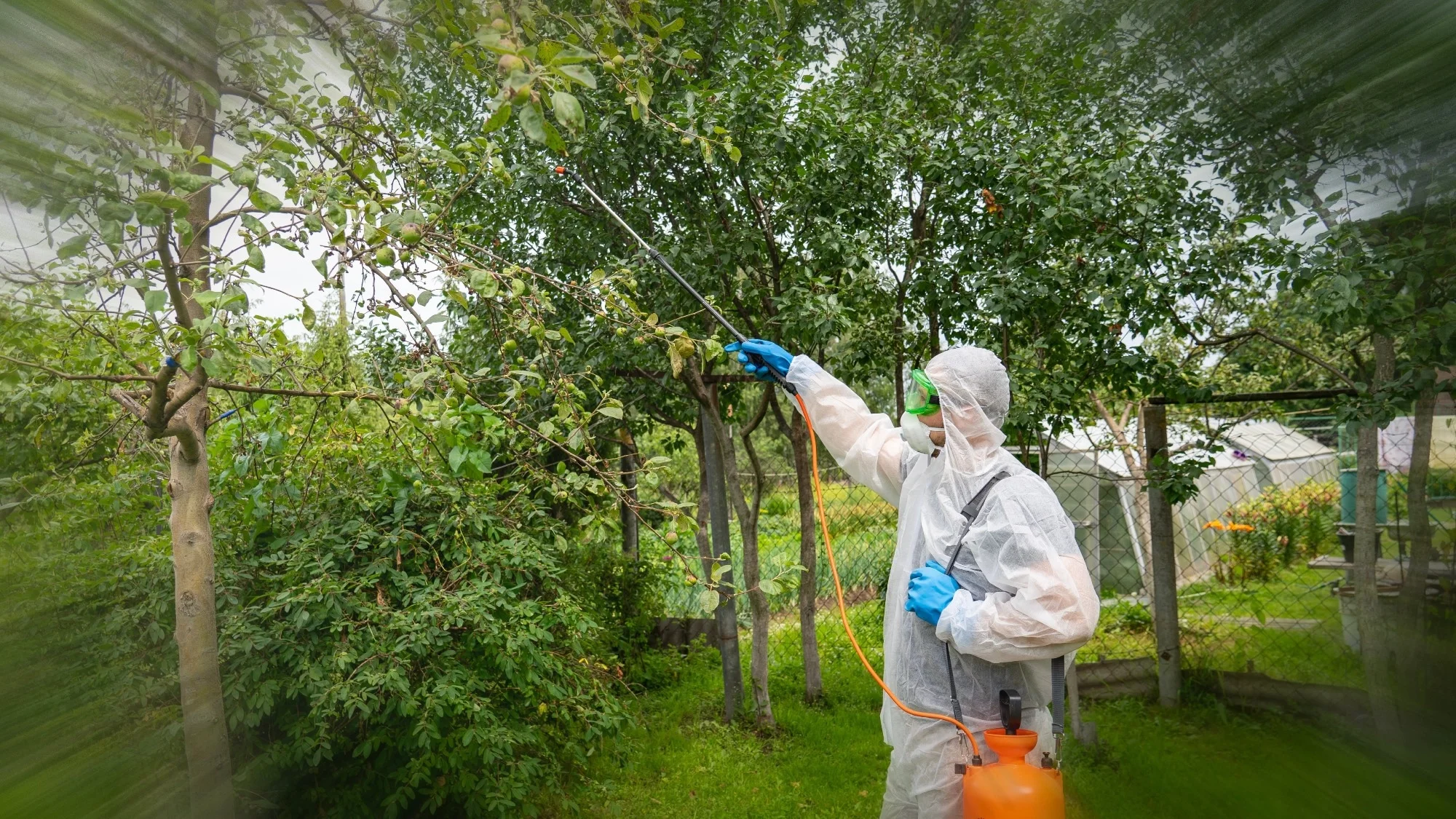 Diafenthiuron In Fruit Tree Pest Management
Diafenthiuron In Fruit Tree Pest ManagementDiafenthiuron In Fruit Tree Pest Management
Diafenthiuron is a widely used phenylurea insecticide effective against a broad range of sucking pests in fruit trees, including aphids, red spider mites, and scale insects. Its mode of action involves inhibiting mitochondrial electron transport, which disrupts energy production in pests, leading to rapid mortality. Diafenthiuron is commonly applied as a foliar spray on apple, citrus, pear, and grape trees to protect crops from infestations that reduce yield and fruit quality. It offers good systemic and residual activity while exhibiting low toxicity to beneficial insects, making it suitable for integrated pest management (IPM) programs. Proper application timing and dosage are essential to maximize effectiveness and minimize the risk of resistance development.
-
 Carfentrazone-Ethyl In Rice Cultivation
Carfentrazone-Ethyl In Rice CultivationCarfentrazone-Ethyl In Rice Cultivation
Carfentrazone-ethyl is an effective post-emergence herbicide widely used in rice cultivation to control broadleaf weeds such as smartweed, water spinach, and other troublesome dicotyledonous species. Acting as a protoporphyrinogen oxidase (PPO) inhibitor, it rapidly disrupts weed cell membranes, causing quick desiccation and death within 24 to 48 hours. Carfentrazone-ethyl is valued for its fast action, low residue, and high selectivity, making it safe for rice plants while efficiently managing weed competition. It can be applied in both transplanted and direct-seeded rice systems, often as part of integrated weed management programs or tank-mixed with other herbicides to broaden weed control spectrum. Proper application timing and dosage are critical to maximize efficacy and minimize crop injury.
-
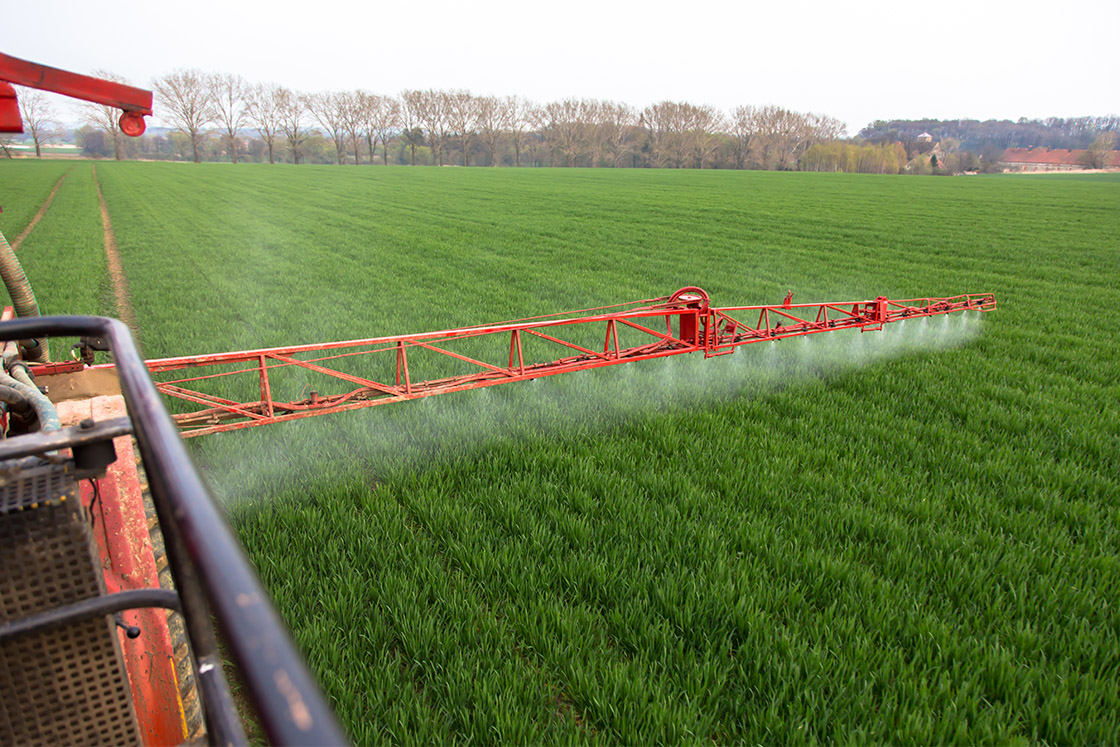 Use of Cyproconazole In Cereal Crops
Use of Cyproconazole In Cereal CropsUse of Cyproconazole In Cereal Crops
Cyproconazole is a systemic triazole fungicide widely used in cereal crops such as wheat, barley, and maize to control a broad spectrum of fungal diseases. It is particularly effective against rusts, powdery mildew, leaf blotches, and Fusarium head blight. By inhibiting ergosterol biosynthesis in fungal cell membranes, cyproconazole prevents disease development and spread. Its strong curative and protective properties help maintain healthy foliage, enhance grain quality, and increase yield. Often applied as a foliar spray or in combination with other fungicides, cyproconazole plays a vital role in integrated disease management strategies. However, responsible use is necessary to delay the development of resistant fungal strains.
-
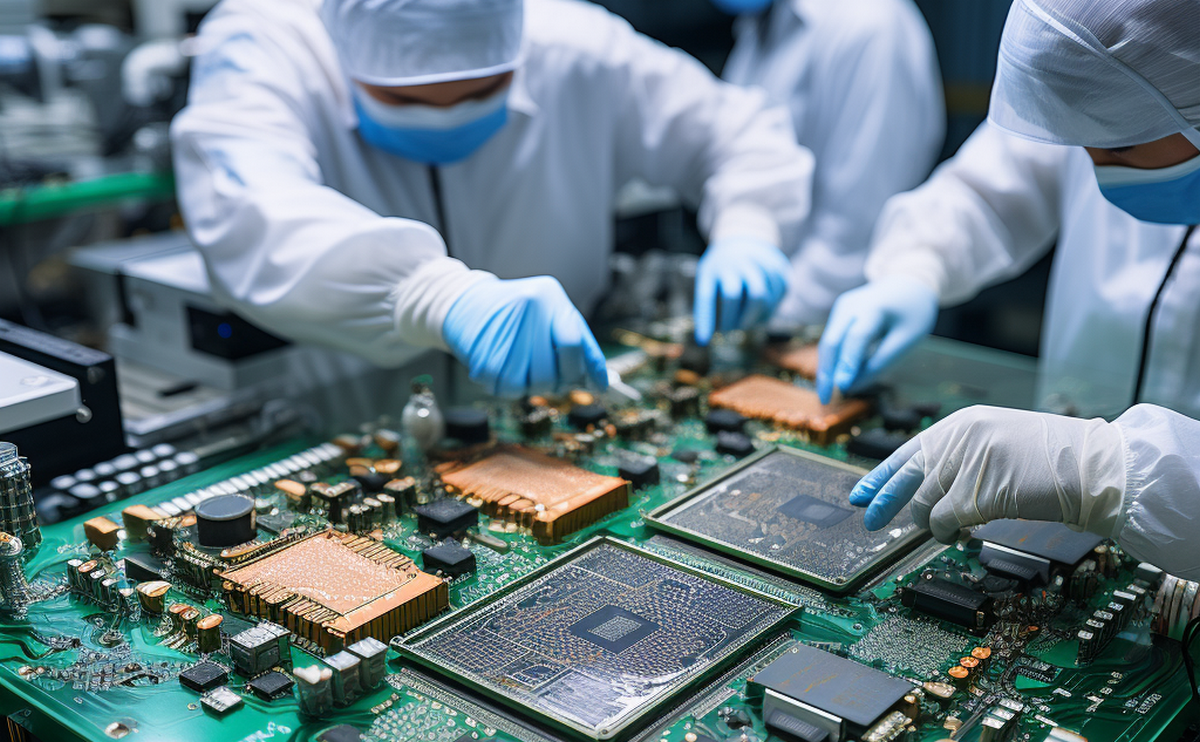 N-Methyl-2-Pyrrolidone in the Electronics Industry
N-Methyl-2-Pyrrolidone in the Electronics IndustryN-Methyl-2-Pyrrolidone in the Electronics Industry
N-Methyl-2-pyrrolidone (NMP) is a high-performance solvent widely used in the electronics industry for its strong solvency, high boiling point, and chemical stability. It plays a key role in semiconductor manufacturing, where it is used for photoresist stripping, wafer cleaning, and removal of flux residues. In printed circuit board (PCB) production, NMP effectively dissolves contaminants without damaging delicate components. It is also utilized in the fabrication of lithium-ion batteries and capacitors, where purity and performance are critical. Despite its effectiveness, growing regulatory pressure due to health and environmental concerns has led to increasing research into safer, more sustainable alternatives for use in high-tech electronics processes.
